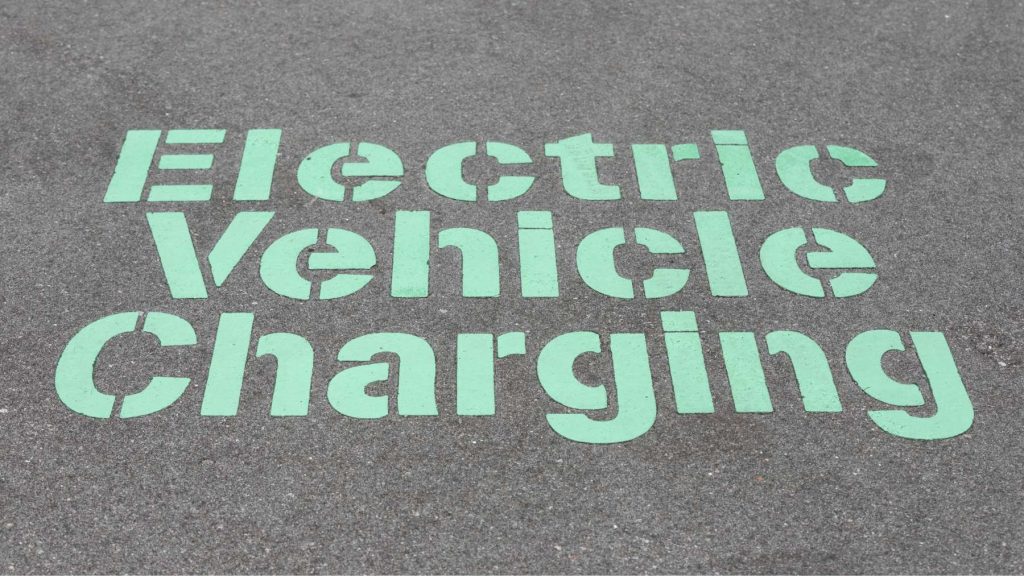
A team of MIT engineers has made a breakthrough with carbon-cement supercapacitors, a new type of concrete that can store energy.
- Carbon-cement supercapacitors are a scalable bulk energy storage solution.
- These supercapacitors do not degrade over time and do not require expensive materials like cobalt and lithium.
- The research team plans to scale up the supercapacitor technology and expects the first prototype to be ready within 18 months.
MIT engineers are at it again. They discovered a new type of concrete that can store energy, turning roads into electric vehicle (EV) chargers and enabling energy storage in residential foundations. The journal Proceedings of the National Academy of Sciences (PNAS) published the team’s research on carbon–cement supercapacitors titled “Carbon–cement supercapacitors as a scalable bulk energy storage solution,”on July 31st.
In a press release, Professor Admir Masic said, “The [carbon-cement] material is fascinating because you have the most-used manmade material in the world, cement, combined with carbon black, a well-known historical material — the Dead Sea Scrolls were written with it. You have these at least two-millennia-old materials that when you combine them in a specific manner, you come up with a conductive nanocomposite, and that’s when things get interesting.”
So, when the two materials mix with water in a specific way, it forms a network of carbon “wires” as the cement hardens, effectively turning the material into a supercapacitor capable of storing electric charge.
Unlike conventional batteries that degrade over time, the carbon-cement supercapacitor does not lose its ability to hold a charge, hence its high durability. They also do not require expensive and ethically questionable materials like cobalt and lithium found in lithium-ion batteries. And since carbon black is inexpensive and widely available, the process adds little to the cost of producing concrete.
This is a promising solution to scale up renewable energy by providing affordable energy storage.
As utopian as this may sound, this carbon-cement technology could be what brings us back from the climate ledge. If it’s not too late already, that is. See, residential buildings foundations made of this concrete could store solar energy from rooftop panels without the need for separate batteries. At wind farms, concrete could be used at the base of wind turbines to store excess energy for use during low demand. Not to forget the concrete could be used to construct roads that wirelessly charge electric vehicles as they drive over them.
According to MIT professor Franz-Josef Ulm, the system “is very scalable, as the energy-storage capacity is a direct function of the volume of the electrodes.” He goes on to explain that “you can go from 1-millimeter-thick electrodes to 1-meter-thick electrodes, and by doing so, basically, you can scale the energy storage capacity from lighting an LED for a few seconds, to powering a whole house.”
The researchers expect the first carbon-cement prototype to be ready within 18 months, with the hope that this technology will play a crucial role in the transition to renewable energy sources, providing affordable and efficient energy storage solutions.
Inside Telecom provides you with an extensive list of content covering all aspects of the tech industry. Keep an eye on our Tech sections to stay informed and up-to-date with our daily articles.